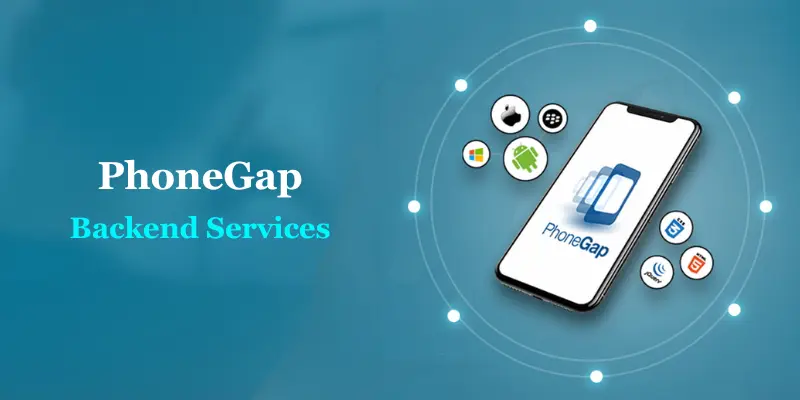
Integrating mobile applications with backend services is crucial for creating robust, feature-rich apps. PhoneGap, a popular mobile development framework, allows developers to build cross-platform mobile apps using HTML, CSS, and JavaScript. To enhance the functionality of these apps, integrating them with backend services is essential. If you are looking to get started or advance your skills, PhoneGap Training in Chennai, offered by FITA Academy, can provide you with the necessary knowledge and hands-on experience. This blog will explore how you can integrate PhoneGap with popular backend services, ensuring your app is powerful and efficient.
Introduction to PhoneGap
PhoneGap, now known as Apache Cordova, enables developers to build mobile applications that run on multiple platforms using web technologies. Its primary strength is leveraging existing web development skills to create mobile apps without platform-specific coding. However, integrating with backend services is crucial to create fully functional apps that require data storage, user authentication, and other backend services.
Popular Backend Services for Mobile Apps
Several backend services can enhance your applications. Here are some popular ones:
- Firebase: A comprehensive backend-as-a-service (BaaS) that offers real-time databases, authentication, cloud storage, and more.
- Parse: Another BaaS that provides a complete toolkit for mobile app backend development, including data storage, user management, and push notifications.
- AWS Amplify: Amazon’s solution for mobile and web applications, offering services including authentication, APIs, and storage.
- Backendless: A powerful BaaS offering user management, real-time databases, and file storage.
Integrating Firebase with PhoneGap
Firebase is a versatile platform that can significantly enhance your app. Here’s how to integrate Firebase with PhoneGap:
- Set Up Firebase: Create a Firebase project in the Firebase console and add your app to the project.
- Add Firebase SDK: Download and add the Firebase SDK to your project.
- Configure Firebase: Use the Firebase configuration object in your PhoneGap app to initialize Firebase services.
- Implement Firebase Services: Utilize Firebase services such as authentication and database by incorporating Firebase functions in your JavaScript code.
Integrating Parse with PhoneGap
Parse offers a straightforward way to add backend functionality to your PhoneGap app:
- Set Up Parse Server: Deploy a Parse server or use a hosted Parse service.
- Add Parse SDK: Include the Parse JavaScript SDK in your PhoneGap project.
- Initialize Parse: Configure your Parse app with your app’s keys in the JavaScript code.
- Use Parse Features: Implement features like data storage and user authentication by calling Parse methods within your app.
Integrating AWS Amplify with PhoneGap
AWS Amplify provides a robust backend for your PhoneGap app:
- Install Amplify CLI: Install the AWS Amplify CLI to manage backend services.
- Initialize Amplify: Set up a new Amplify project in your PhoneGap app directory.
- Configure Services: Add authentication, storage, and API services through the Amplify CLI.
- Implement Amplify Services: Use Amplify libraries to interact with these services within your app.
Integrating backend services with your PhoneGap application transforms it from a basic mobile app into a dynamic, feature-rich experience. Whether you choose Firebase, Parse, AWS Amplify, or another service, the process involves setting up the backend, adding the necessary SDKs, and implementing backend functions in your app. If you’re seeking comprehensive guidance from anywhere, consider PhoneGap Online Training to learn the intricacies of integration and development. This integration allows your app to leverage powerful features like real-time data, user authentication, and cloud storage, providing a seamless user experience. By following the steps outlined above, you can ensure your mobile app is well-equipped to meet users’ needs and handle a variety of functionalities efficiently.
